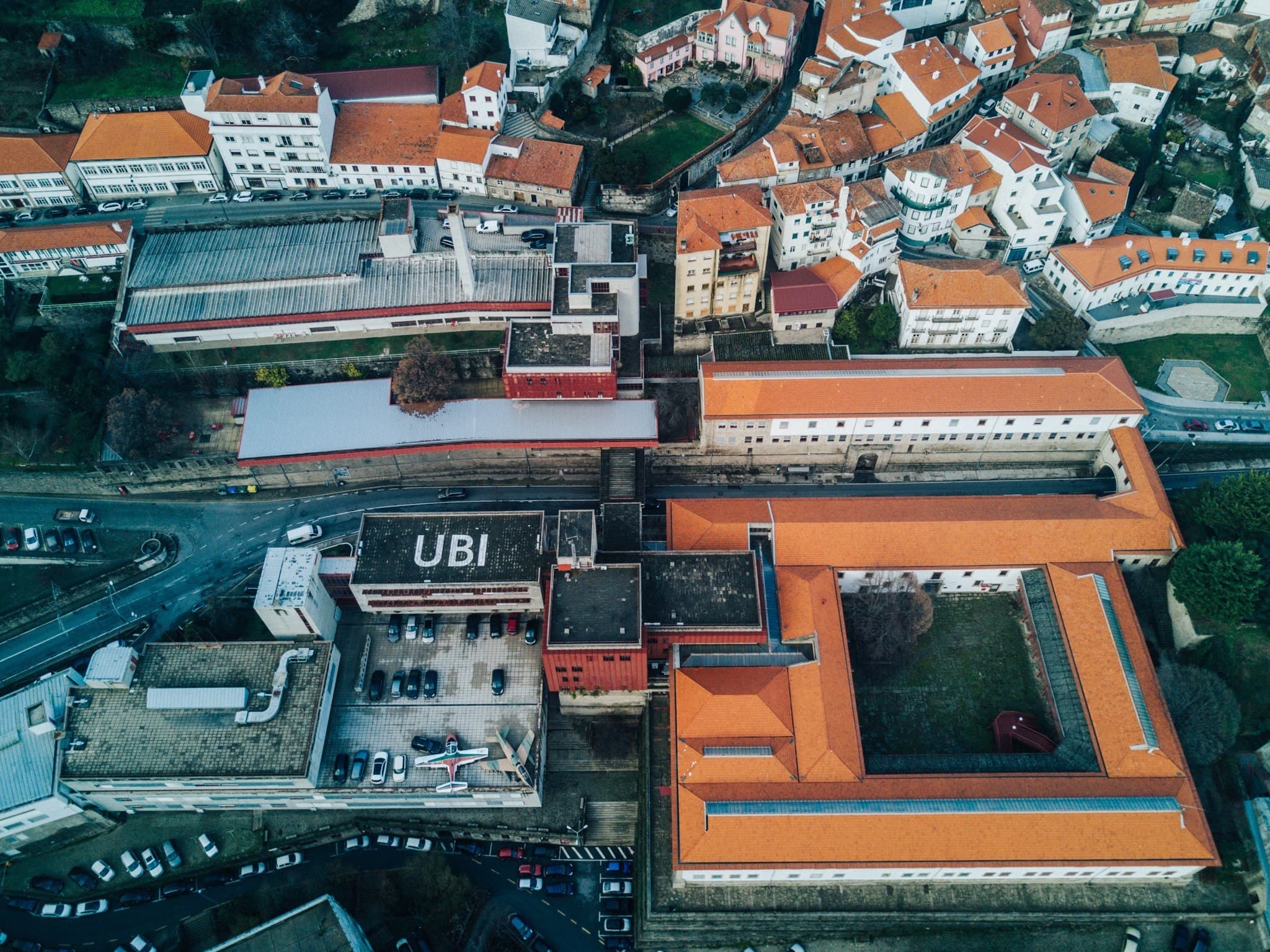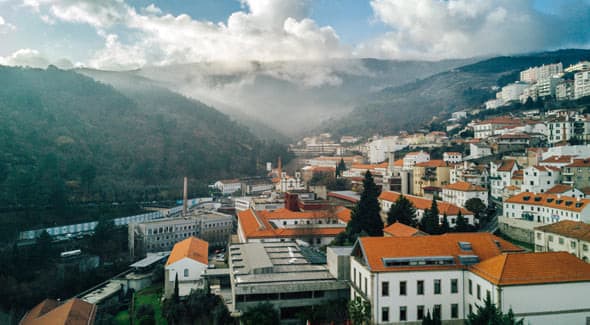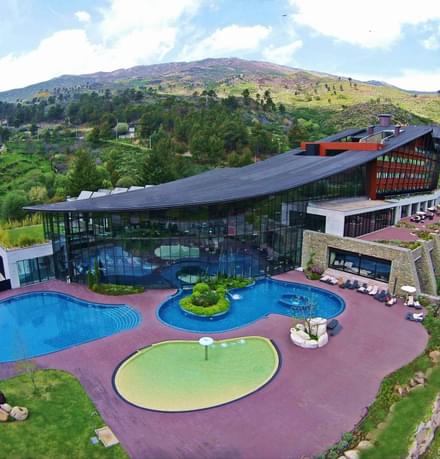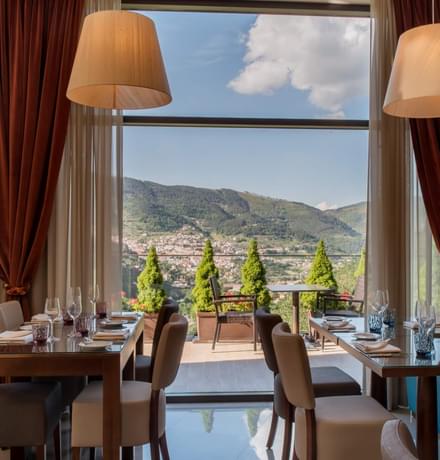The UBI - University of Beira Interior is beyond any doubt a powerful engine of the development of Covilhã, as well as part of its historical singularity.
The first steps on the path of what is now the University of Beira Interior (UBI) were given in the 70, when the Instituto Politécnico da Covilhã (IPC) was born, in 1973. The city, once considered "The Portuguese Manchester", by its long tradition, dynamics and wool quality, was struck, in this decade, by an industrial crisis: large and small factories had begun to reveal serious weaknesses that would lead to their closure, with disastrous social and economic consequences for the region.
It was in this panorama, and since the beginning of the activities of the working group for the Regional Planning of Cova da Beira, that the idea to create a higher education institution in the region came up, in order to provide their inhabitants the possibility to pursue post-secondary studies without the obligation to move to other parts of the country, most of the times forever.
During the conversion works, in 1975, some buried archaeological structures were found, which belonged to the dry cleaners of the Real Fábrica de Panos, an important wool factory, built in the 18th century by the Marquis of Pombal. After two campaigns of archaeological intervention and a broad investigation, the structure that would give place to the first nucleus of the UBI’s Wool Museum was built. It was opened to the public in 1996.
Thus, the old industrial buildings located at the south entrance of Covilhã became, almost naturally, not only a logical solution and of continuity as regards the University physical expansion, but also an option that resulted in a huge benefit to the city, in urban terms and environmental impact, through the recovery of abandoned buildings or ruins that constituted a significant part of the Covilhã industrial heritage making the UBI a unique case in the Portuguese University.
In the 90s, the University was expanded to the far north of the city, along the Ribeira da Carpinteira. In 2006, the construction of the Faculty of Health Sciences was concluded, thus fulfilling the setup program of the Medicine course infrastructures, which started functioning in 2001/2002.
Currently, the UBI hosts more than 8 thousand students spread across five faculties – Arts and Letters, Sciences, Health Sciences, Social and Human Sciences, Engineering – with a formative offer adequate to Bologna, as well as laboratory and research structures to support the teaching process and with strong links to society and to the business world.
Location
Google Maps
Social media
Facebook
Parkurbis - Science & Technology Park of Covilhã
Considered the 10th best incubator of enterprises in Europe, Parkurbis - Science & Technology Park of Covilhã boosts the economical development of Covilhã and the whole region.
The main goals of Parkurbis include: the creation of conditions for the development of new technology-based activities, ensuring a dynamic interconnection between the University of Beira Interior (UBI) and the companies, in order to bring the R&D possibilities closer to corporate needs.
Parkurbis is a tool for the stimulation and development of the region, orienting its activity towards the creation of a permanent climate of innovation, enhancing the transposition to the business world of the scientific and technological knowledge processes generated in the research institutions.
Location
Google Maps
Covilhã Data Centre
Opened in September 2013, Covilhã Data Centre is one of the biggest data centres in the world with an area of approximately 75.500 square meters. Owned by Altice, it places Portugal at world level in the capacity to host and manage IT and cloud computing infrastructures, in an innovative and efficient way.
By monitoring of world trends in the communications market, investment in anticipating the exponential growth of data, allied to the increase in companies' needs at this level. This data centre reinforces the country's capacity as an export hub for corporate data storage capacity and technological services.
It is organised into four main blocks and a support block. The infrastructure contains 24 IT rooms with 12,000m² of open space and has the capacity to install more than 50,000 servers connected to the fibre optic network.
Location
Google Maps




















